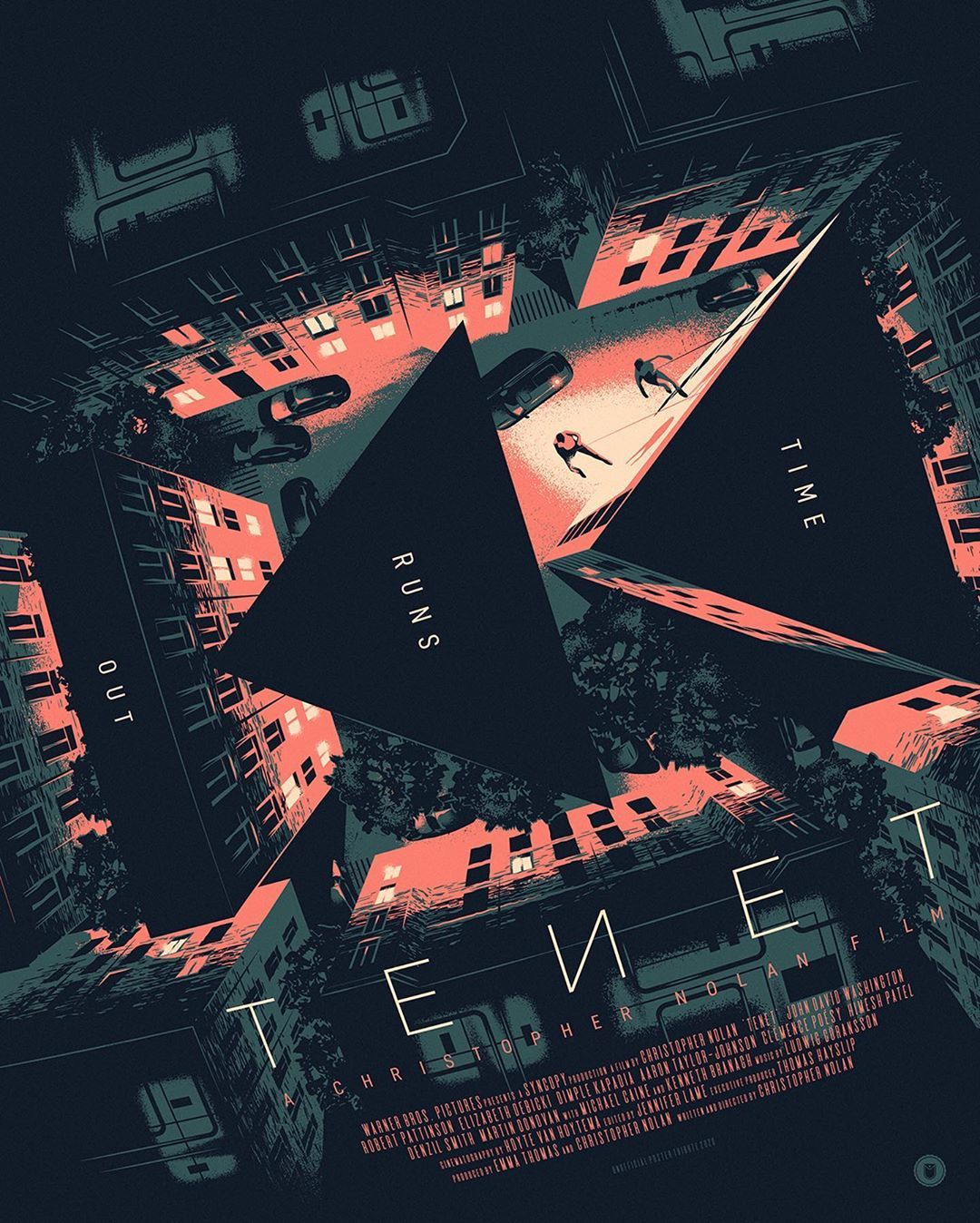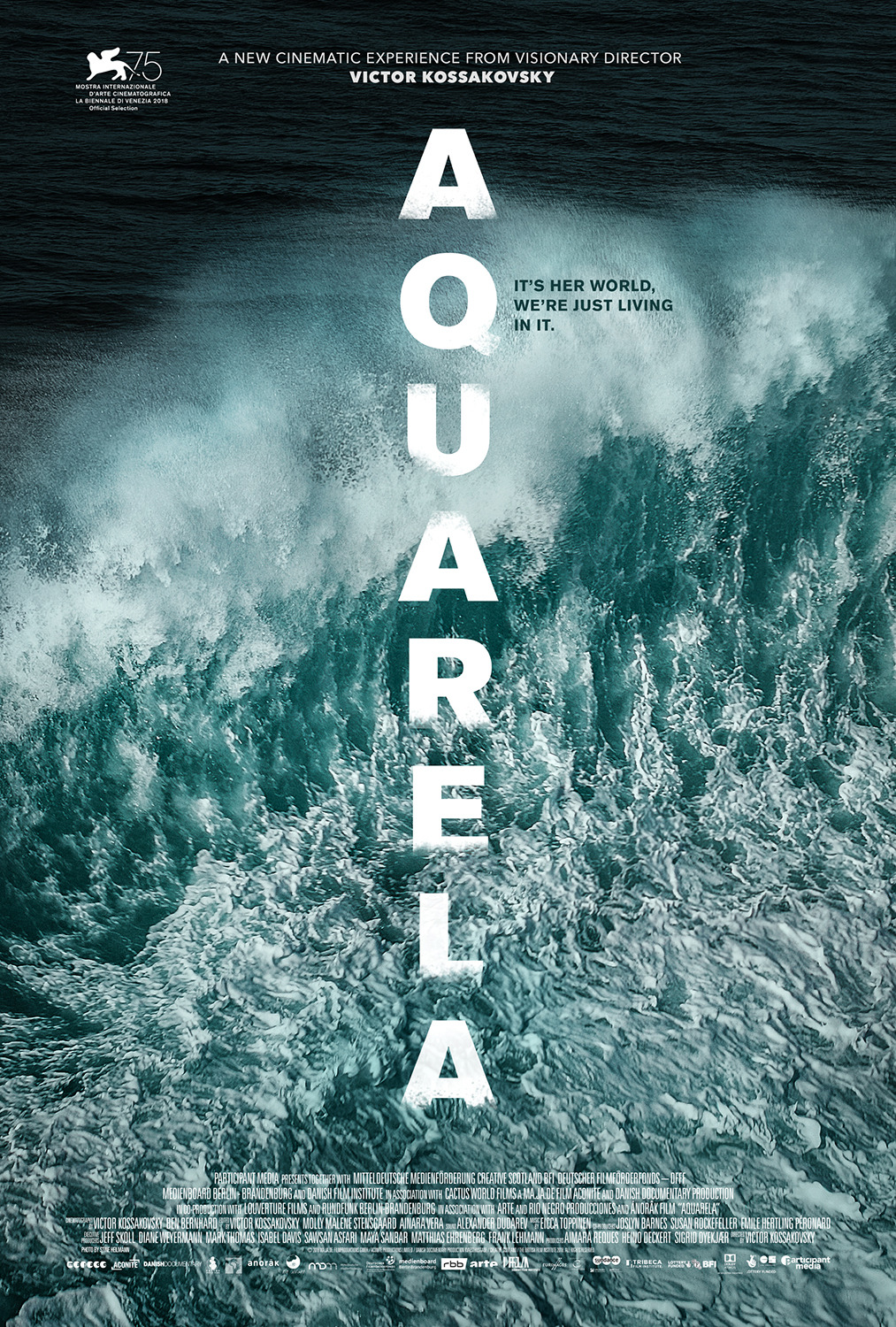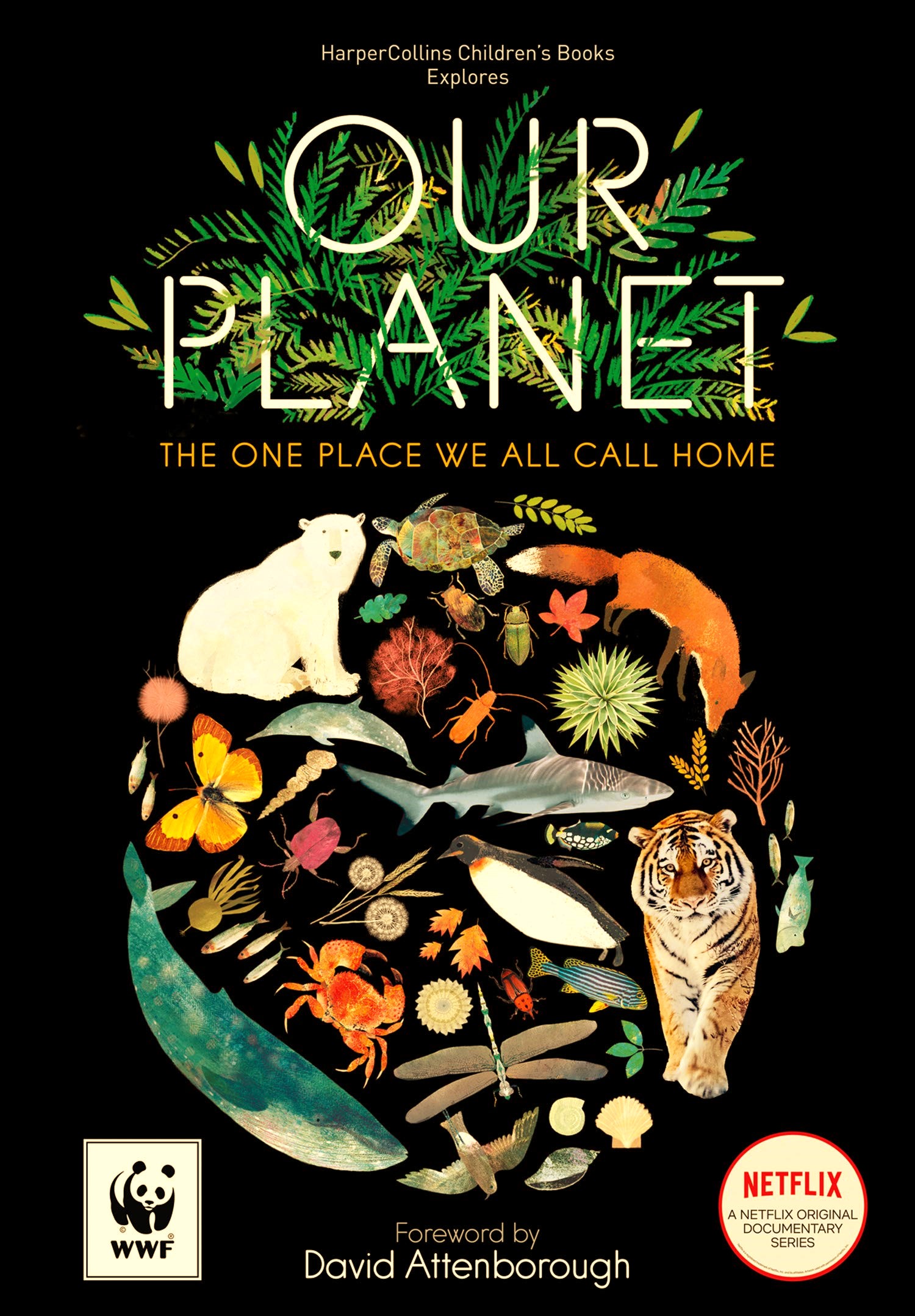timespace coordinates: post-revolutionary Soviet Union, ten years or so after the October Revolution
Director: Grigori Kozintsev and Leonid Trauberg.
Full orchestral score by Dmitri Shostakovich
We have covered here the Sino-Soviet Split, Soviet Science Fiction, Tetris, 1990s shock therapy that led to Putin’s Russia (Lenin is according to Putin latest speech the complete anti-hero), and Big Computer Socialism. Now it is time to watch a social realist movie from the early Soviet period about a young teacher Yelena Kuz’mina who is sent to Siberia, or more exactly the Altai mountains to introduce socialism and to alphabetize the local population (which is evidently non-Russian speaking, altough they all seem to speak the same language). Empowerment of women, alphabetization, and education were key elements of the young Soviet state. The movie also depicts three ‘hot’ political topics at the time (or even today?!): education, technology, and the elimination of the kulaks.
Why watch this movie?
I take my cues mainly for watching this movie from the analysis of Bogdan Popa’s De-centering queer studies: Communist Sexuality in the flow during and after the Cold War (Manchester University Press 2021). It is important to watch these movies that are freely available online, of course, playing them from YT still offers the platform ways to monetize, and streaming still contributes to the climate crisis we are currently in, but considering that Alone is such a low-definition, non-HD movie, I would still follow Bogdan Popa here basically echoing Boris Groys – perhaps the greatest contemporary theoretician of Soviet and post-Soviet art and theory: “Currently, socialist realism and its objects function as an aesthetic avant-garde because they are outside a circuit of cultural incorporation, or so Groys argues”. The ‘sexomarist’ detournement of Stalinist era Alone – is one of my favorite pieces from the book (before I had never seen this movie).

(The most common example of price scissors is from the Soviet Union: agricultural prices continued to fall while industrial goods prices rose)
To me, Alone is also a movie that reflects the whole dialectic and division between the countryside and the city, or of how the growth of industry and new productive forces were paid for by the peasants (in a classic Price scissors case), something that will early be a point of contention between the Soviets and their Chinese counterparts, even if initially the Chinese followed the Soviet example.
I would also recommend watching this movie in today’s context of current degrowth eco-socialism and solarpunk aesthetics that should openly embrace a communist and anti-capitalist outlook. While there is an inner debate between the eco-modernists (roughly those who still embrace the amenities of modernity for all, but are still tributary to a sort of limitless cornucopian idea of growth) and degrowth socialists (those who roughly question how Global North lifestyles are easily translatable to the Global South and also ask for a climate justice and climate reparations) this movie gives scope to what it means to actually confront the material realities and political contour to the experience of leaving the city and moving to the countryside. Many sent-down youths in China already did this, and some willingly, some forced, but in total this experience left a long impression and brought together people from different milieus, and made them face and address China’s problems, poverty and country/city divisions and make the first steps towards economic reform.
The movie critiques the residues of the market economy (NEP – New Economic Policy) in the Soviet Union that were part of the Leninist rebuild of the economy during the early days of the young Soviet state. We meet Kuz’mina, the young teacher in Moscow in an ideological setting that the socialists denounced: living alone in a single in Moscow, sleeping in a laced nightgown, easily enchanted by the symbols of comfort, window shopping or eyeing the glittering commodities. The kitchenware shop (think IKEA) is the place where one is seduced by the materiality of consumer objects. Luxury items are part of the exchange economy. >>”Like her the viewer is placed in a position of “refusing the sensory pleasure of a haptic encounter with the material” because they are encouraged to live in a different economy of [socialist] affects.>>
In Altai, Kuz’mina enters another world because she becomes a producer of things and just a consumer. In the Soviet imaginary, the local Shamanist indigenous people are shown to be “close to the labor production and the material world of objects. This tactile sensuous materiality -this involvement with actually existing communism, its programmatic productivism in terms of bodies or experiences is being bypassed in a lot of recent radical thought (see Frederic Lordon’s communism realism).
“The book [Figures] can also be cursory verging on the cavalier in its stated decision to do without any but the most oblique discussion of ‘actually-existing communism’ – which, whether we’re thinking of workers’ councils, Cuban experiments with medicine, socialist planning, or what have you, certainly harbours pertinent lessons and materials for present debate.” (Alberto Toscano’s review of Lordon’s books)
That is why it is intersting to see how in Aline the Easterners (while being fully aware of what the East holds for both Imperial and Revolutionary historiography) “grasp, cut and rub wool, and live in a world where they are part of the natural life”. Emma Widdis (from the volume below) “argues that Kuz’mina develops a different sensory relationship to objects when she moves to Altai, which is the springboard for her becoming a communist.” In a sense, Kuz’mina gets educated first, in a more fundamental way leaving back her bourgeois, individualist self, before educating the children of the region.

Sound, Speech, Music in Soviet and Post-Soviet Cinema
Edited by Lilya Kaganovsky and Masha Salazkina












